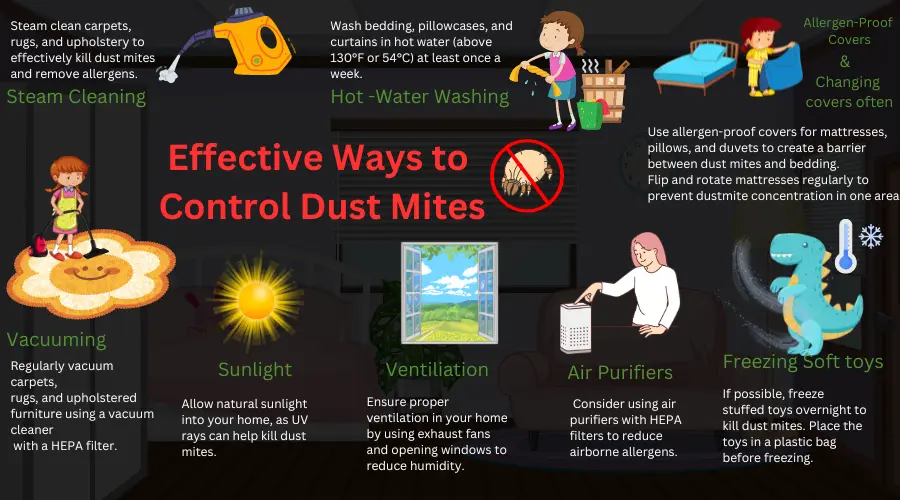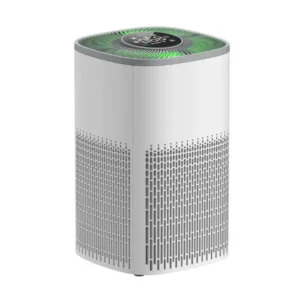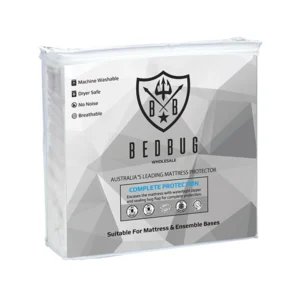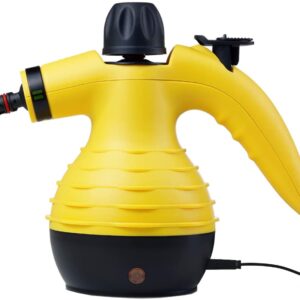In the cozy corners of our homes, hidden from plain sight, a microscopic army may be triggering sneezes, sniffles, and nighttime discomfort. Meet the dust mite – an almost invisible, yet common, household pest that can wreak havoc on our well-being.


The Tiny Culprits: Who are Dust Mites?
Dust mites are minuscule arachnids, measuring just 0.2 to 0.3 millimetres. They thrive in warm, humid environments, making our homes, with their plush bedding, carpets, and upholstered furniture, an ideal habitat. These unseen invaders survive on the skin flakes shed by humans and pets, and while they don’t bite, their presence can trigger allergic reactions like asthma in sensitive individuals.
Allergies Unveiled: Dust Mite Allergens
The real trouble lies in the allergenic proteins found in dust mite feces and body fragments. When these microscopic particles become airborne, they can be inhaled or come into contact with the skin, leading to allergic reactions. Common symptoms include sneezing, nasal congestion, itchy or watery eyes, and even skin rashes. For those with asthma, dust mite allergens can exacerbate respiratory symptoms, making it crucial to address their presence in the home.
The ASCIA website discusses allergen minimization, highlighting house dust mites as common allergens in Australia, particularly in humid areas such as coastal cities.
The Battle Plan: Controlling Dust Mite Populations

Frequent Cleaning:
Regularly vacuum carpets, rugs, and upholstered furniture using a vacuum cleaner with a HEPA filter.
Dust surfaces with a damp cloth to prevent airborne particles.
Hot Water Washing:
Wash bedding, pillowcases, and curtains in hot water (above 130°F or 54°C) at least once a week.
Allergen-Proof Covers:
Use allergen-proof covers for mattresses, pillows, and duvets to create a barrier between dust mites and bedding.
Reducing Humidity:
Maintain indoor humidity levels below 50% to create an inhospitable environment for dust mites. Dehumidifiers can help achieve this.
Steam Cleaning:
Steam clean carpets, rugs, and upholstery to effectively kill dust mites and remove allergens.
Freezing Stuffed Toys:
If possible, freeze stuffed toys overnight to kill dust mites. Place the toys in a plastic bag before freezing.
Ventilation:
Ensure proper ventilation in your home by using exhaust fans and opening windows to reduce humidity.
Reducing Clutter:
Minimize clutter, as it provides fewer hiding spots for dustmites.
Choosing Flooring Wisely:
Opt for hard flooring (e.g., hardwood or tile) instead of wall-to-wall carpets, which can harbour more dust mites.
Regular Mattress Rotation:
Also, flip and rotate mattresses regularly to prevent dustmite concentration in one area.
Natural Sunlight:
Allow natural sunlight into your home, as UV rays can help kill dust mites.
Air Purifiers:
Consider using air purifiers with HEPA filters to reduce airborne allergens.
Anti-Allergen Products:
Use anti-allergen cleaning products, such as dusting sprays, that can neutralize allergens.
Combining these strategies can significantly reduce dust mite populations and minimize allergic reactions in susceptible individuals. Regular, consistent efforts are key to maintaining a healthy living environment.
Your Arsenal: Products for Home Defense
If you find yourself in an ongoing battle, consider incorporating specialized products into your defence strategy:
- Air Purifiers: Purify the air in your home, reducing airborne allergens.
- Mattress Protectors: Additionally, create a protective barrier for your mattress against dust mites.
- Steamers and Vacuum Cleaners: Invest in tools designed to tackle dust mites in carpets, rugs, and upholstery.
Taking Charge of Your Home’s Health
Understanding and implementing a comprehensive plan to control their populations is essential for a healthy living environment. Regular cleaning practices, coupled with the use of allergen-proof products, can significantly reduce the impact of dust mites on your well-being. By taking charge of your home’s health, you can create a haven free from these unseen invaders, allowing you to breathe easy and enjoy a restful night’s sleep.
Remember, the battle will be ongoing, but armed with knowledge and the right tools, victory is within reach. Your home should be a sanctuary, not a source of discomfort. Take the first step toward an allergen-free living space today.








